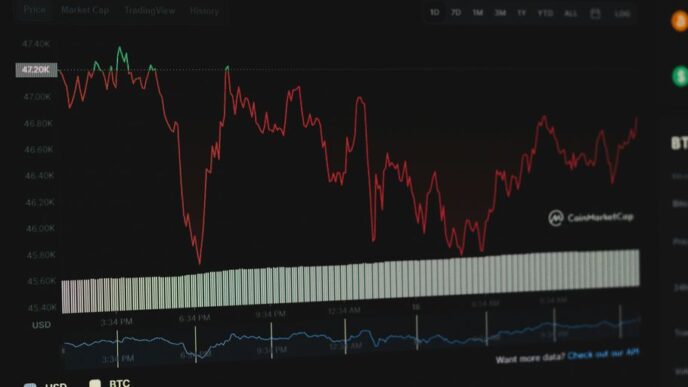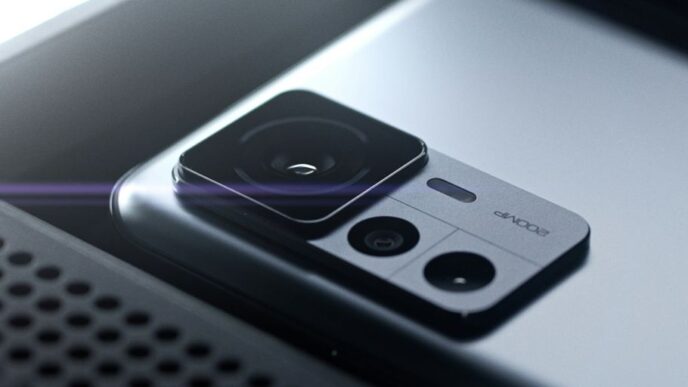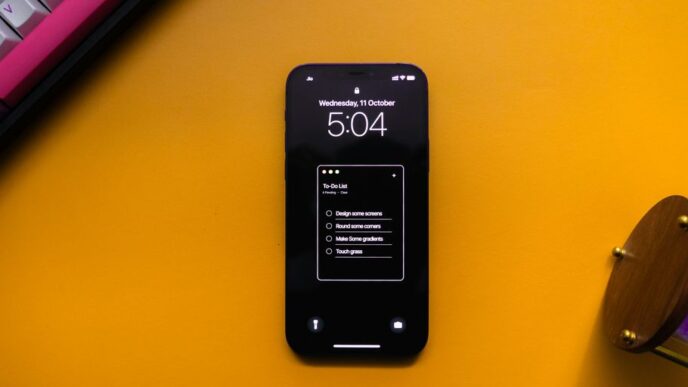Comparative Analysis of 2G, 3G, 4G, and 5G Technologies
In the evolving landscape of mobile telecommunications, the progression from 2G to 5G represents significant advancements in technology, user experience, and capabilities. This article explores the key differences, improvements, and implications of each generation.
2G: Second Generation
The second generation of wireless technology started with 2G in the early 1990s. The 1G version was replaced with 2G, which features digital encryption for the safety of calls and SMS text messages. The sound quality was enhanced, having less interference on 2G networks while on 1G networks. But the data transmission speed was negligible—it was next to nil for any advanced data service.
3G: Third Generation
3G, shaped up by the advent brought in during the early years of the new millennium, changed the world of mobile technology. It was designed to enable mobile Internet access and to support video call and streaming services, transferring data between 200 kbps and several Mbps. This generation of technology has paved the way for the growth of smartphones and the development of many mobile applications. Many upgraded security features and an increased networking capacity were other major enhancements over 2G.
4G: Fourth Generation
In the late 2000s, 4G technology was a giant leap in speed, efficiency, and connectivity. This technology enabled the streaming of high-definition videos with a data rate of up to 1 Gbps and enhanced online gaming via strong internet connections. The LTE standard has brought lower latency and increased network capacity. The 4G networks have made it possible to support more data traffic across mobile networks and the growth of smart devices.
5G: The Fifth Generation
5G is the next generation that is set to change the digital world by providing speed and connectivity that has not been realized before. It delivers data rates of up to 10 Gbps, reduces latency, and makes real-time communications and applications of IoT possible. The technology supports a massive number of connected devices by providing enhanced capacity and efficiency. 5G is expected to unleash innovation, such as autonomous vehicles, smart cities, and advanced augmented reality experiences.
Comparative Summary
Every new generation of mobile technology progresses upon the last, adding new capabilities and addressing the limitations of the earlier system. The concerns were the same, but according to the era—secure, reliable communication with both voice and basic messaging. 3G expanded the range to include mobile internet and multimedia services. With 4G, data speeds and connectivity saw substantial improvement, and it really set the way for modern mobile applications. Last but not least, 5G is touted to change the very way we interact with technology, with speeds and capabilities coming in that we could not fathom in the past.
Summary
The development from 2G to 5G itself is a quintessential epitome of how fast telecommunication technology has been developed. The impending arrival of 5G already makes it look like the sky is the limit for innovation. Every generation has registered an improvement over the previous, not just with regard to technology but also in preparing new possibilities for the way we live, work, and connect.













